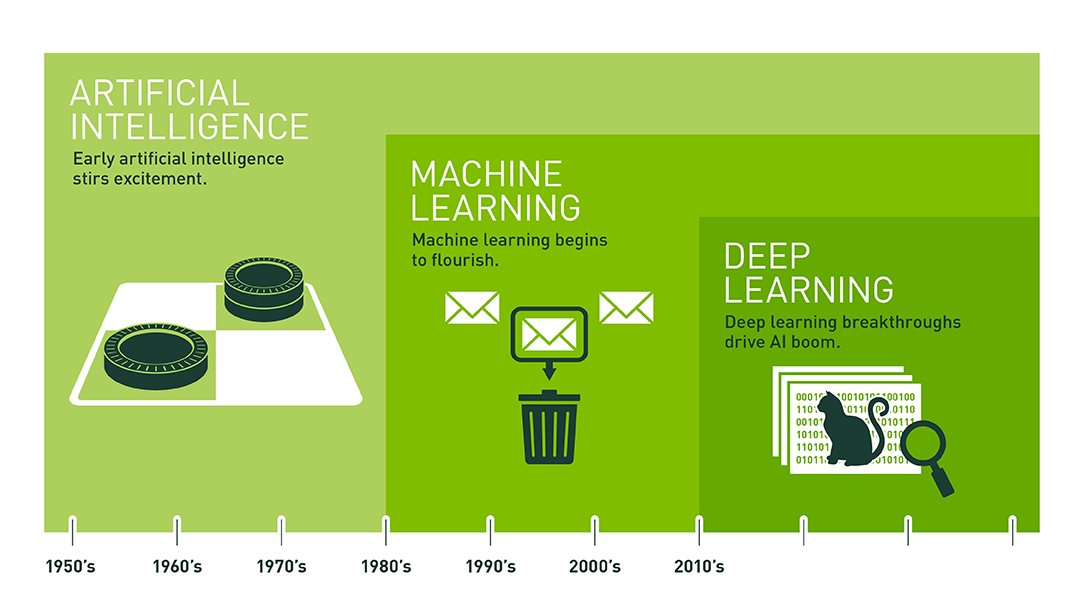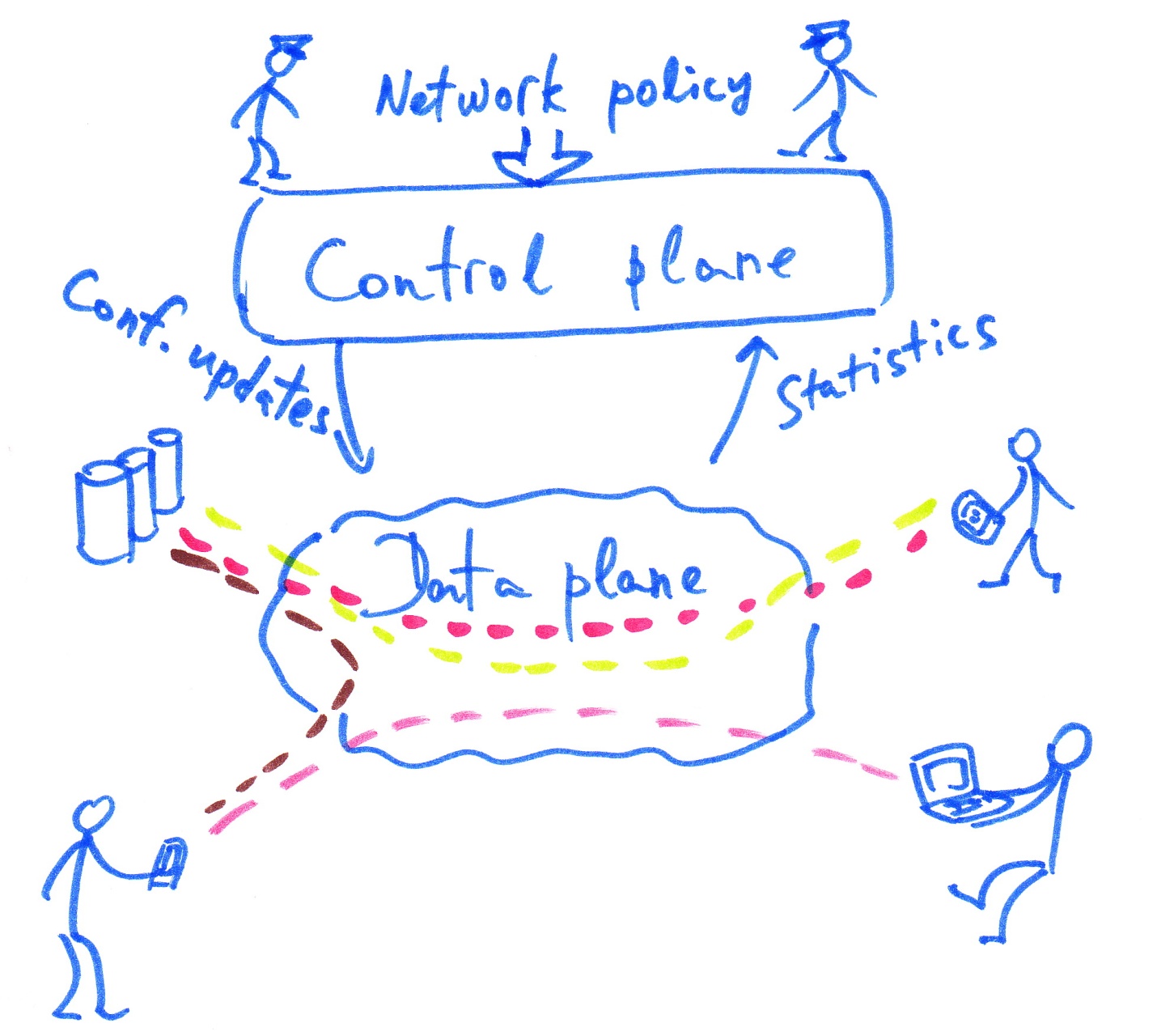As the customary noise around the calendar-year start subsides, CIOs, IT leaders, and IT service providers are thinking long and hard about the technologies that will make them winners in 2017.
Artificial intelligence, software-defined networking, hyperconvergence, Internet of Things, and cybersecurity – these terms gathered a lot of mass in the cyber sphere in the closing weeks of 2016, and continue to be the buzzwords in the first quarter of 2017.
In this post, we are not looking to introduce the most fascinating and unheard of technological shifts that stand to impart business benefits. Instead, we are focusing on technologies that have been in everyone’s ears recently but are set to mature and proliferate into enterprise reality in 2017.
Artificial intelligence and machine learning
Artificial intelligence continued to be strong in 2016, and is poised for an even better year in 2017. Voice-based intelligent assistants such as Google Now, Apple Siri, Amazon Alexa, and Microsoft’s Cortana are the most active examples of AI-based product wars among leading tech companies. Here are examples, predictions, and sneak peeks into why AI and machine learning will witness added impetus in 2017.
- The Engagement Advisor tool from IBM Watson has successfully showcased the delivery of better customer service, leveraging artificial intelligence.
- Saffron Technology, acquired by Intel in October 2015, has made news for enabling a leading insurance firm to save several thousand dollars by detecting fraudulent auto insurance claims.
- Google is using machine-learning principles to keep energy costs of its datacenters under check.
- Research firm IDC suggests that by 2020, the market for applications empowered by machine learning and AI will touch the $40 billion mark. Optimus Prime would be impressed with that; just make sure Megatron/Galvetron does not infiltrate those machines!
- Gartner analyst David Cearley predicts that AI will pervade several applications in 2017.
- Google, IBM, and Microsoft are spending resources to create deep learning tools that will be open source and accessible via cloud platforms tied to these companies.

AI and machine learning: Security
Modern enterprises are not able to keep up with the requisite security protocols and measures necessary to safeguard their ever-bulging databases. managed security service providers are increasingly becoming a necessity for the biggest organizations.
Hybrid IT environments mean that security management is no more an activity solely manageable by humans. No wonder, buzzwords like artificial intelligence, deep learning, advanced algorithms, machine learning, and data visualization are being heard in cybersecurity conferences and product pitches.
IBM Watson recently demonstrated its capabilities to deliver cutting-edge cybersecurity through the Watson for Cyber Security beta program. This year, security service providers who can actually showcase their capabilities in leveraging machine learning and AI to deliver the next-level security will make it big.
IoT devices in the workplace
Cisco Systems’ Senior VP Jeff Reed wrote in one of his recent blog posts that IoT has a lot to give to businesses in terms of operational technologies, and will soon be seen in the “carpeted world,” for example “via intelligent lighting, location services in the workplace or connected AC systems.” Predictions around expected IoT devices, along with IoT platform integrations are in sync with Reed’s comments.
A Gartner report predicted that 6.4 billion devices and things would join the IoT sphere in 2016; that’s 30 percent higher than 2015. Expected number for 2020 is 20.8 billion. Household items such as appliances and thermostats have entered the IoT wave already. However, 2017 is the year when IoT is expected to make its way to corporate spaces.
The push towards interoperable IoT connectivity standards is expected to quicken the pace of this growth. It’s noteworthy that AllSeen Alliance and Open Connectivity Foundation merged in October 2016, effectively combining AllJoyn and IoTivity (both are IoT software frameworks) into a single open-source project. More such platform integrations are on the cards for 2017. They do not have to work that hard to be more impressive than the Star Wars movie coming out since “The Force Awakens” was horrific.
Hyperconverged infrastructure
Hyperconverged infrastructure (HCI) is a system in which storage, computing capabilities, networking, and virtualization are controlled by one management layer. This infrastructure methodology is already being used by several enterprises.
451 Research, in its “Voice of the Enterprise” survey, outlined that 40 percent of enterprises already used hyperconvergence to some extent, and the number will surge in 2017 and 2018. HCI enables enterprises to deploy their cloud operations quicker than ever, and manage them more conveniently.
For organizations that need to scale their workloads up quickly, HCI is highly recommended. Organizations using hybrid clouds are also contemplating HCI as the default infrastructure platform for the private component of the cloud.
HCI has a lot of benefits to offer in the area of storage performance and management. HCI has the potential to allow enterprise storage staff and resources to be allocated in better ways, enabling the shift from maintenance of infrastructure to delivery of actual business value.
Software-defined networking
Software-defined networking separates the network intelligence and configuration nodes from hardware layer via abstraction. This enables agility and dynamic control of network resources. In the long term, SDN has benefits around enterprise ability to remove legacy hardware, attain operational efficiencies, and, significantly, cut down on energy usage of datacenters. Also, control and management of network resources becomes much easier.
Datacenters and wide-area networks will witness increasing invasion of SDN concepts in 2017, as enterprises adopt technologies that give the dual benefit of agile management of resources and cost cuttings. End-to-end automation and program-based control of networks will finally be a reality for enterprises in 2017. Of course, traditional datacenters are here to stay; SDN is just an enterprise methodology to lower hardware dependency.

Better use of resources
All these technologies and methodologies, directly or indirectly, are geared toward enabling enterprises to use their resources more flexibly, get more out of existing resources, and leverage existing data to create improved processes and paradigms. Expect these technologies to deeply pervade through enterprise technology landscapes in 2017.
Photo credit: Make IT



